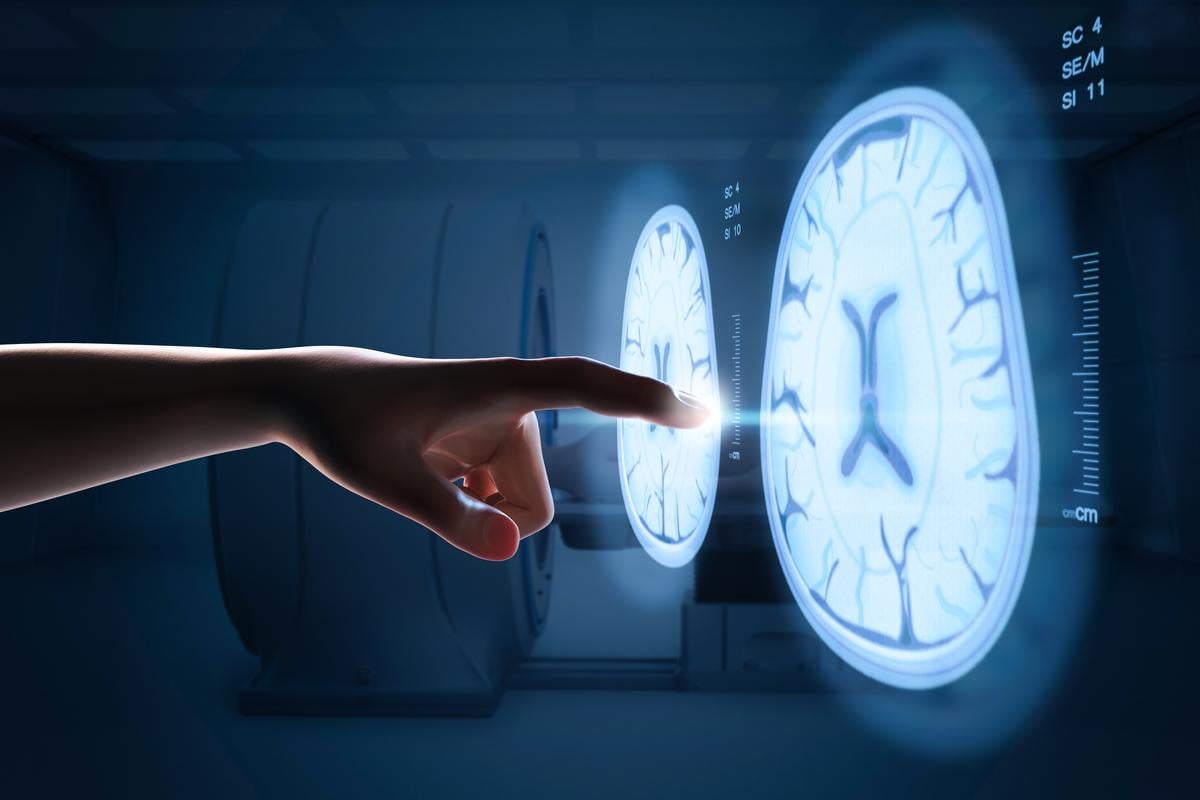
Microscopic magnetic nanodiscs could provide a much less invasive means of providing deep brain stimulation, a new study says.
The tiny discs – about 250 nanometers across, or 1/500 the width of a human hair – would be injected directly into specific regions of a person’s brain, researchers say.
From there, researchers said, the discs could be activated by applying a magnetic field outside the patient’s body.
Tests in lab mice show that the discs “had an impact on neuron activity and on behavior,” researcher Ye Ji Kim, a doctoral student at MIT, said in a news release.
Deep brain stimulation uses electrodes implanted in target brain regions to treat conditions like Parkinson’s disease, epilepsy, obsessive-compulsive disorder, tremors and Tourette syndrome, the Mayo Clinic says.
But placing the implants involves major brain surgery, which opens patients up to a number of harmful complications, researchers noted.
These nanodiscs could provide a less invasive alternative to currently used electrodes, researchers said.
The nanodiscs contain a magnetic core and an electrically charged outer shell. When exposed to a magnet, the core presses against the outer shell and causes it to deliver electrical pulses to nearby neurons, researchers said.
Stimulation can be switched on and off by flipping a switch on an electromagnet, researchers said.
The discs successfully stimulated brain regions in mice associated with feelings of reward and motor control, researchers report.
This included the subthalamic nucleus, “the region where electrodes typically get implanted to manage Parkinson’s disease,” Kim explained.
However, researchers say the discs need more work to make them powerful enough to provide the sort of brain stimulation needed to treat human illnesses. And experts stress that research done in animals often has different results in people.
“Yes, it’s a record-breaking particle, but it’s not as record-breaking as it could be,” senior researcher Polina Anikeeva, a professor of materials science and engineering and brain and cognitive sciences at MIT, said in a news release.
“When we find that these particles are really useful in a particular clinical context, then we imagine that there will be a pathway for them to undergo more rigorous large animal safety studies,” Anikeeva added.
The new study was published Oct. 11 in the journal Nature Nanotechnology.
More information
Mayo Clinic has more on deep brain stimulation.
SOURCE: MIT, news release, Oct. 11, 2024
Source: HealthDay
Copyright © 2024 HealthDay. All rights reserved.

Leave a Reply